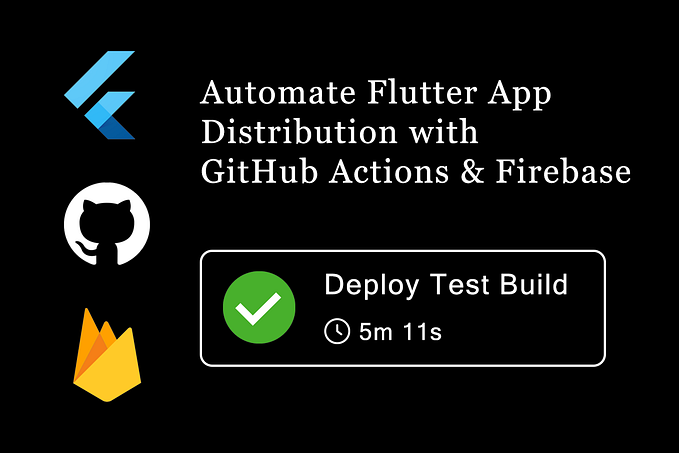Why are so few NFL players being reported for COVID-19 on game day?
After Adam Thielen tested positive for COVID-19 last Monday, a friend in my Fantasy Football league observed that players were not being placed on the COVID-19 IR list, the NFL’s official designation for COVID-19 positive or close contact players, on game days. Being the most conspiratorial among us, he speculated that teams were holding out their Sunday results until Monday to keep their players in the game. Given the comprehensive protocol the NFL has developed over the course of the season, this was a pretty serious allegation. A superstitious Fantasy Football player, and Thielen owner, myself, I could not let such accusations rest uninvestigated.
There is no publicly available data set of every player added to the COVID-19 IR list over the course of the season, but the closest I could find was this DraftKings page that tracks all positive and close contact players over the course of the season. After confirming each player via an independent news source, I compiled it into a Google Sheet, downloaded the CSV, then broke out the Python. It is important to note that the NFL only started testing on game-days starting October 12, so my data is filtered to players that were placed on the COVID-19 IR list starting from the week of October 11.
Since a majority of NFL games happen on Sunday, the naïve first step was to look at a distribution of players reported on each day of the week:

The NFL claims to test players every single day, so we would expect to see a roughly uniform distribution. There is a clear dip on Sundays, and although the results are statistically significant with 0.13% chance of being due to randomness, the overrepresentation of Saturday reports might indicate that players that would be reported on Sunday are being caught on Saturday instead. This data includes reports from November 28, on which day 15 players were put on the COVID-19 IR list, the most on any single day, with clusters of outbreaks on multiple teams including the Baltimore Ravens, Pittsburgh Steelers and Denver Broncos. Excluding the reports from November 28, we see the following results:

This does look more suspicious. No spike in Monday reports as initially theorized, but this discrepancy is hard to ignore.
Since NFL games can take place on Thursdays, Mondays and sometimes even Tuesdays, we can generalize this analysis to the concept of “game day” rather than specific days of the week. First, we can look at the distribution of players reported on each day leading up to a game:

This graph takes a look at how many players were reported N days before their next game. The “expected” line takes into account how many times a team had N days before a game (since most teams play once a week aside from their BYE week, when they get a week off, and accounting for short/long weeks for Thursday/Monday games.) There is not as pronounced of a spike the day before the game as in the naïve “day of the week” analysis, so it seems unlikely that these players are being caught before playing. Here is the same graph without November 28:

So if these players are not being reported immediately before the games, rather 3–5 days before, maybe they are being reported after the games? A similar distribution of the number of players reported on each day after their previous game does show a small spike in players reported 2–3 days following a game:

Excluding November 28:

So maybe there is some truth to my friend’s theory after all, but no big next-day spike as anticipated.
Although there is an undeniable dip in players reported to the COVID-19 IR list on game day, it is not clear whether these cases are being caught beforehand or reported late. There is not enough evidence to suggest that the NFL is involved in any “funny business” or cover-ups regarding their testing protocol, but it would certainly behoove them to further examine these distributions and reconcile them with the procedures on which they rely to keep players safe.
Kelsey McKinney over at Defector found similar results if you’re interested in checking out another analysis of the same topic.









